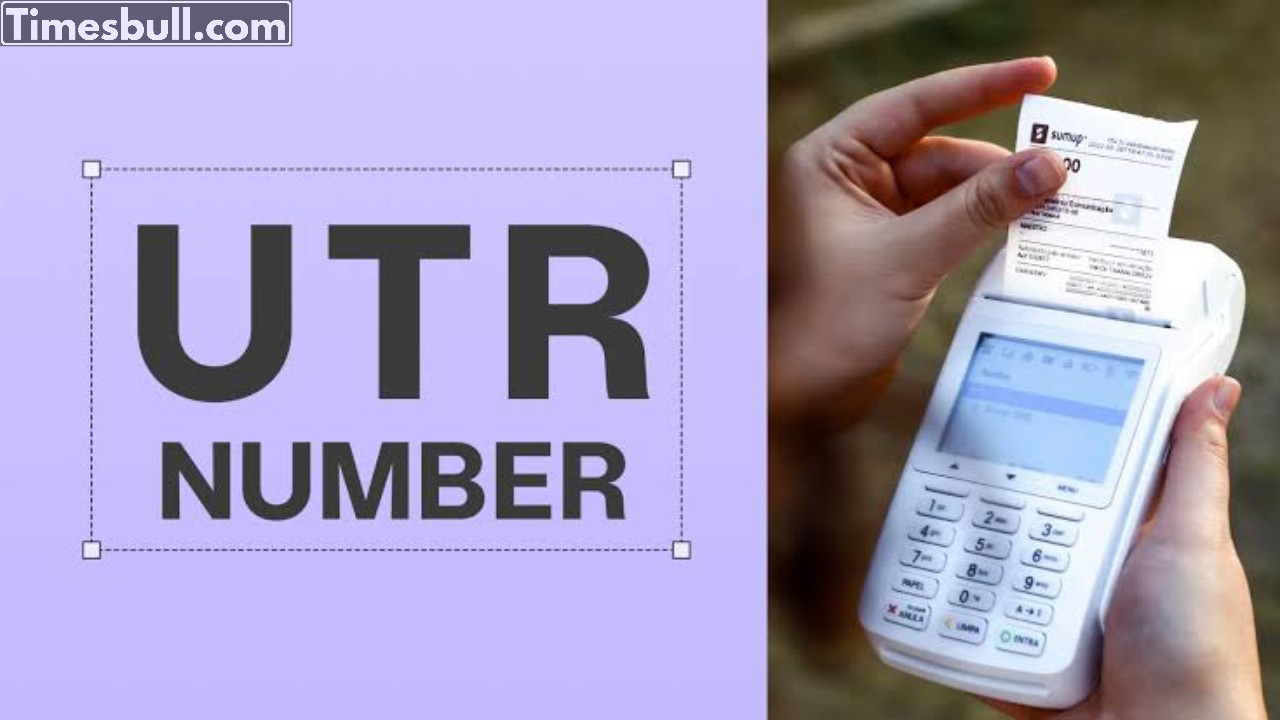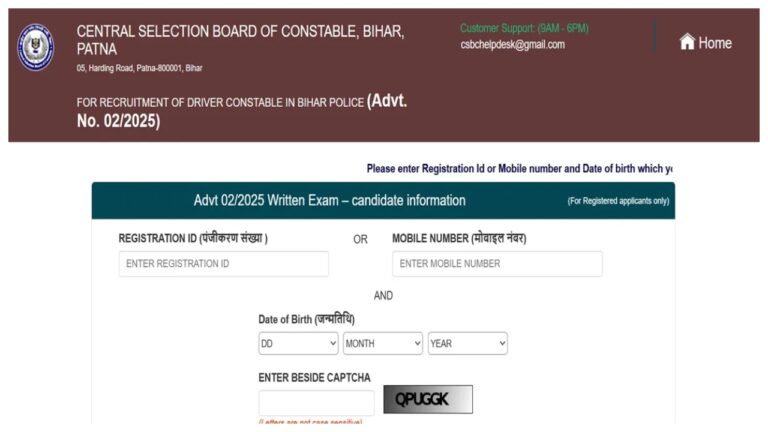UTR Number: In the current era, it is no longer essential to visit a bank for monetary transactions, as most activities can be conducted online. However, there are instances when money transfers do not reach the intended recipient’s account and become delayed.
Why is UTR required and what it means?
In such cases, a Unique Transaction Reference Number (UTR) is required to track the status of the funds. The UTR is generated when a transaction occurs between two banks. When contacting customer service regarding a failed transaction, the representative will request the UTR number. It is important to understand the relevant details associated with this number.
Facilitates the tracking of fund transfers
The UTR, also referred to as a transaction number or reference number, facilitates the tracking of fund transfers. If a transaction is delayed, the UTR number provides insights into its status. This number is specifically assigned to transactions conducted via NEFT and RTGS. The 16-digit UTR contains significant information; for instance, the first four digits correspond to the IFSC code of the sender’s bank, the subsequent digit indicates the server utilized for the transaction, the next two digits represent the last two digits of the year (e.g., for 2025, it would be 25), the following three digits denote the Julian day number, and the final six digits signify the transaction’s sequence number.
UTR is designated for NEFT transactions
A 16-digit UTR is designated for NEFT transactions, while a 22-digit UTR is allocated for RTGS transactions. You can find the UTR number listed on your bank statement or mini statement. It is important to note that UTR numbers are not generated for transactions involving IMPS, UPI, or AePS.










